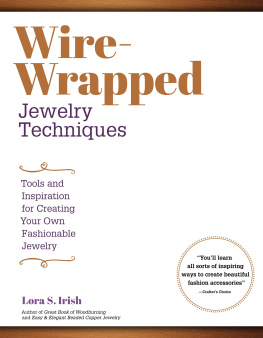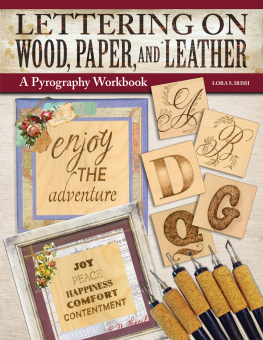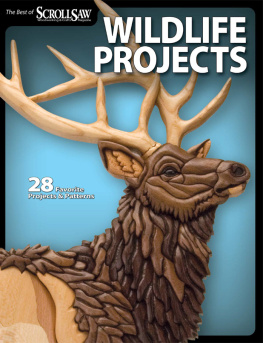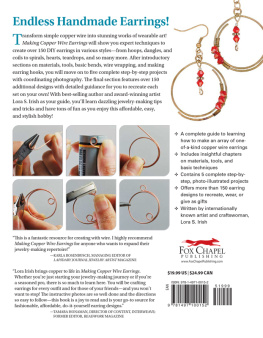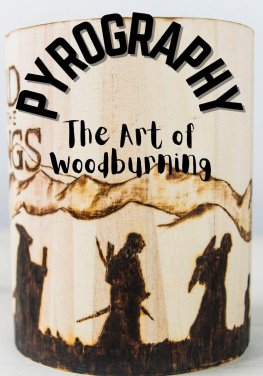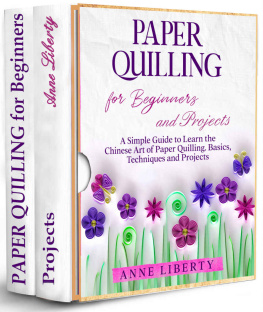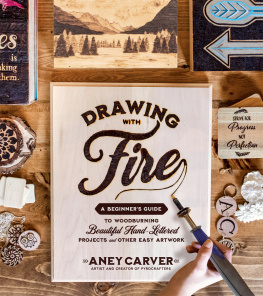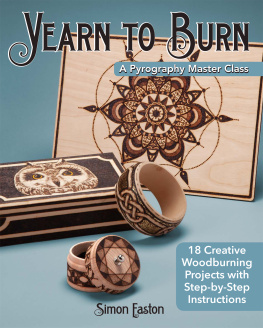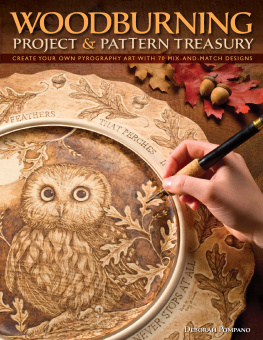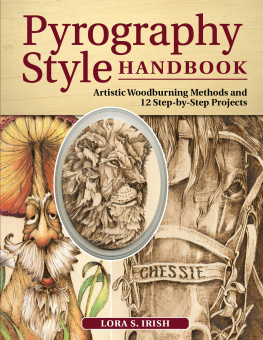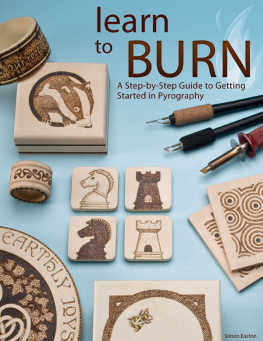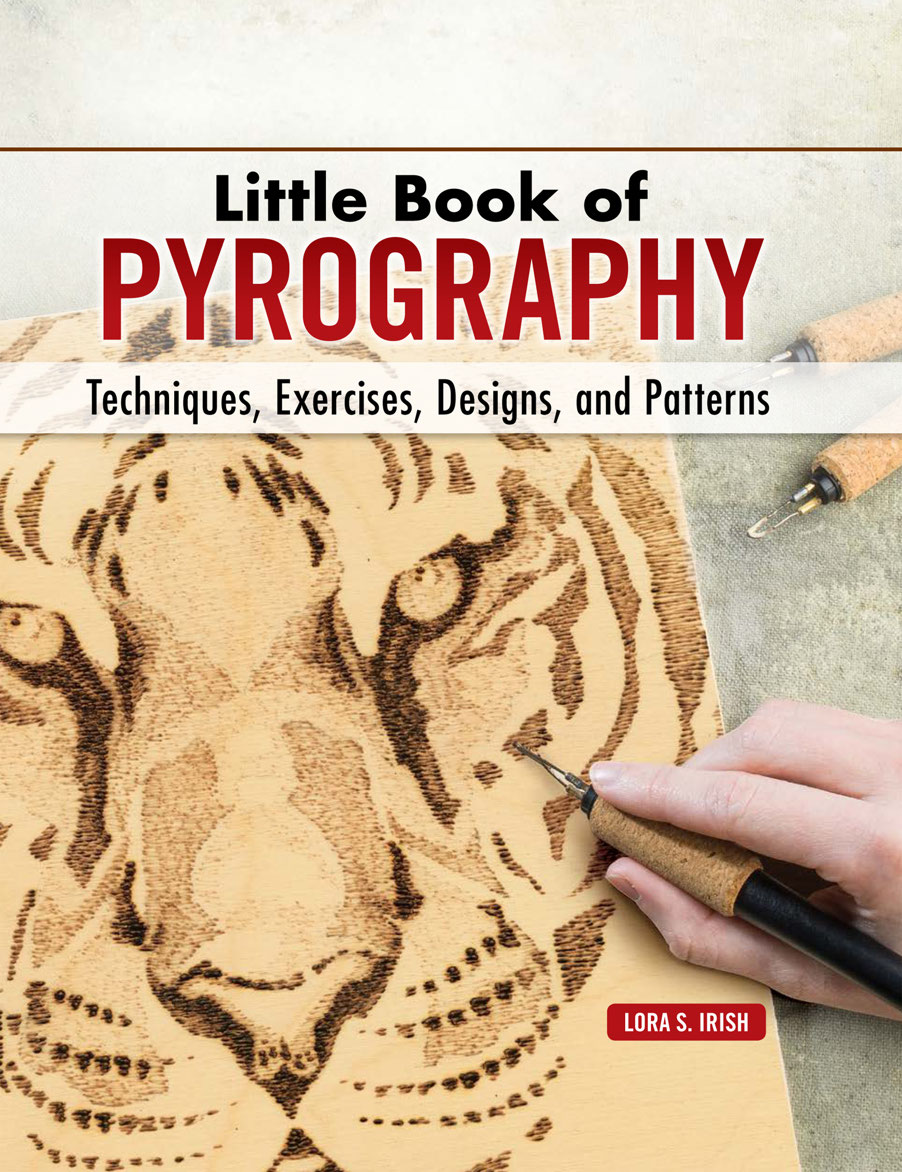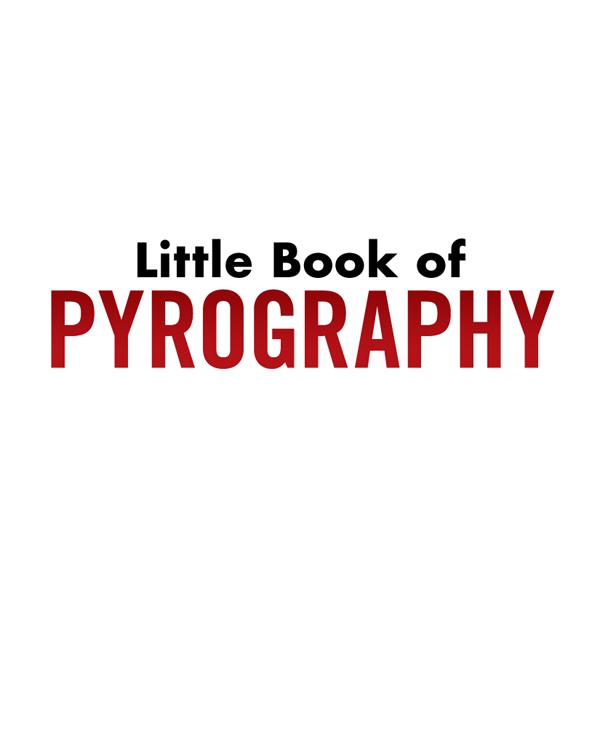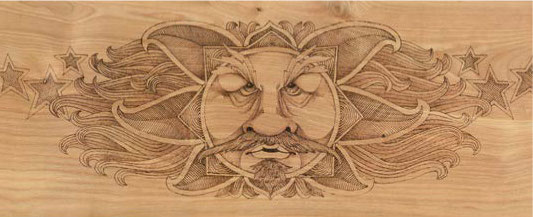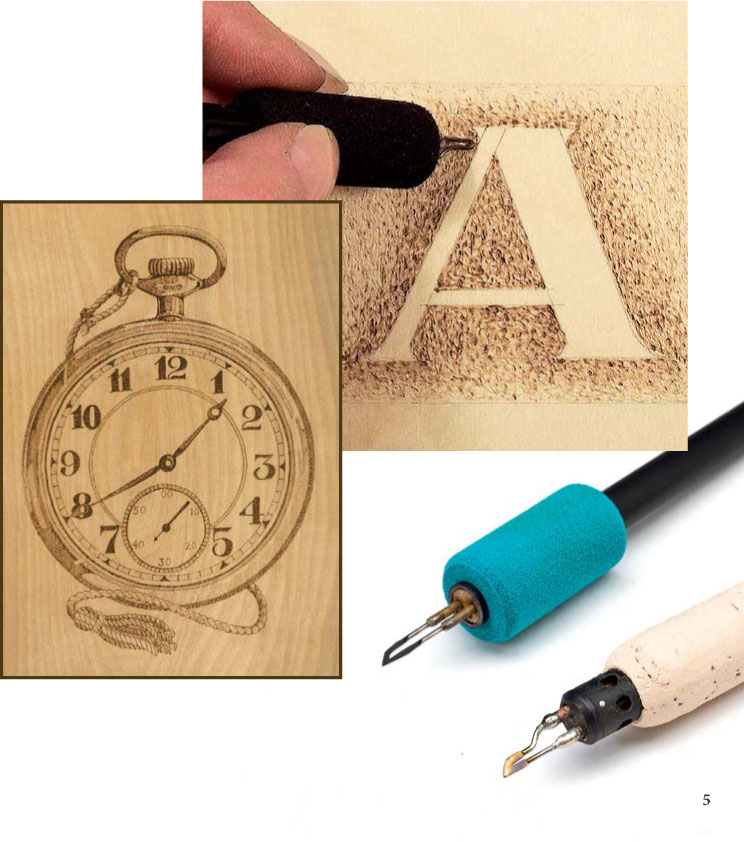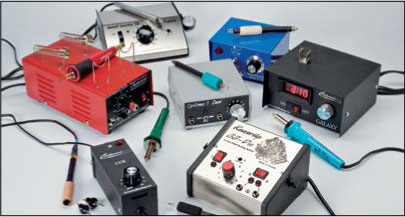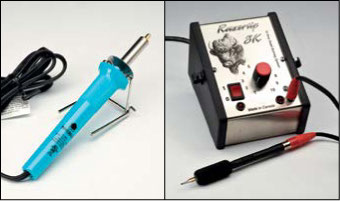Acknowledgments
I wish to extend my deepest thanks to Chris Reggio, Tiffany Hill, Kaitlyn Ocasio, Justin Speers, and David Fisk for their excellent work in creation, development, and refinement of this manuscript. As an author it is a wonderful experience to be working with such a well-skilled team.
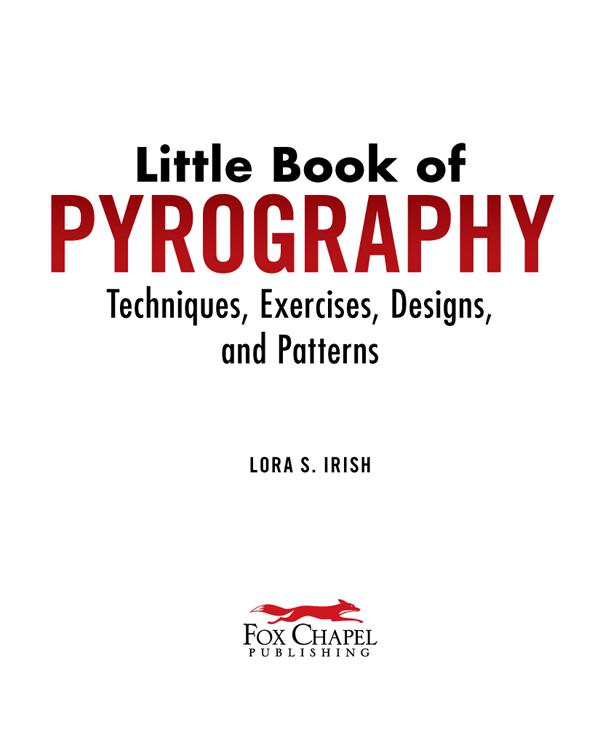
2018 by Lora S. Irish and Fox Chapel Publishing Company, Inc., Square Street, Mount Joy, PA 17552.
Little Book of Pyrography (ISBN 978-1-56523-969-2) is a gift edition of Pyrography Basics (ISBN 978-1-57421-505-2) with previously published material reproduced from The Art and Craft of Pyrography (ISBN 978-1-56523-478-9) and Great Book of Woodburning (ISBN 978-1-56523-287-7), all published by Fox Chapel Publishing Company, Inc. The patterns contained herein are copyrighted by the author. Readers may make copies of these patterns for personal use. The patterns themselves, however, are not to be duplicated for resale or distribution under any circumstances. Any such copying is a violation of copyright law.
Print ISBN 978-1-56523-969-2
eISBN 978-1-60765-939-6
For a printable PDF of the patterns used in this book, please contact Fox Chapel Publishing at stating the ISBN and title of the book in the subject line.
The Cataloging-in-Publication Data is on file with the Library of Congress.
To learn more about the other great books from Fox Chapel Publishing, or to find a retailer near you, call toll-free 800-457-9112 or visit us at
We are always looking for talented authors. To submit an idea, please send a brief inquiry to
Table of Contents
Introduction
Pyrography Systems
Pyrography Tips
General Supplies
Basic Supply List
Surfaces
Practice Board
Creating a Wood Practice Board
Tonal Values Practice Board
Light and Dark Exercise One: Temperature of the Tip
Light and Dark Exercise Two: Burning Time
Light and Dark Exercise Three: Layers of Strokes
Light and Dark Exercise Four: Texture Pattern
Light and Dark Exercise Five: Putting It All Together
Texture Exercise: Putting Textures Together
Finding Tonal Values: Composition of a Good Woodburning
Tonal Value Exercise: The Pocket Watch
Project
Step-by-Step: The Dragonette
Gallery
About the Author
What is pyrography?
Pyrography: The art of burning a design or pattern into a natural surface, such as wood, gourds, leather, or cotton rag watercolor paper using heated one-temperature or variable-temperature woodburning tools or a fine flame.
Introduction
Whether youve never tried pyrography before or youve simply used it for small projects and want to refresh yourself on the techniques, this booklet will show you how to create beautiful pieces with only a pyrographic tool. Todays pyrographic equipment can be both inexpensive and readily available, so getting started is easy to do.
Although it is often referred to as woodburning, the art of pyrography can be worked on just about any natural surface, which gives you a wide variety of possibilities on which to explore this craft. Wooden box tops, gourd bluebird houses, watercolor paper thats suitable for framing, and even leather belts are used as working surfaces for burned designs. For this booklet, I worked the finished samples on several different species of wood, such as birch plywood and basswood; however, the techniques and instructions do apply to other materials, such as leather, paper, and gourds.
As you work your way through the booklet, we will explore what materials and tools you will need for your woodburning kit and how to practice creating and controlling woodburned tonal values through the use of textures and layers. The booklet ends with a section of exercises and accompanying projects, giving you the opportunity to apply what you have learned. With the basic instructions in this book and a little practice, you will soon be able to woodburn any project with confidence and expertise.
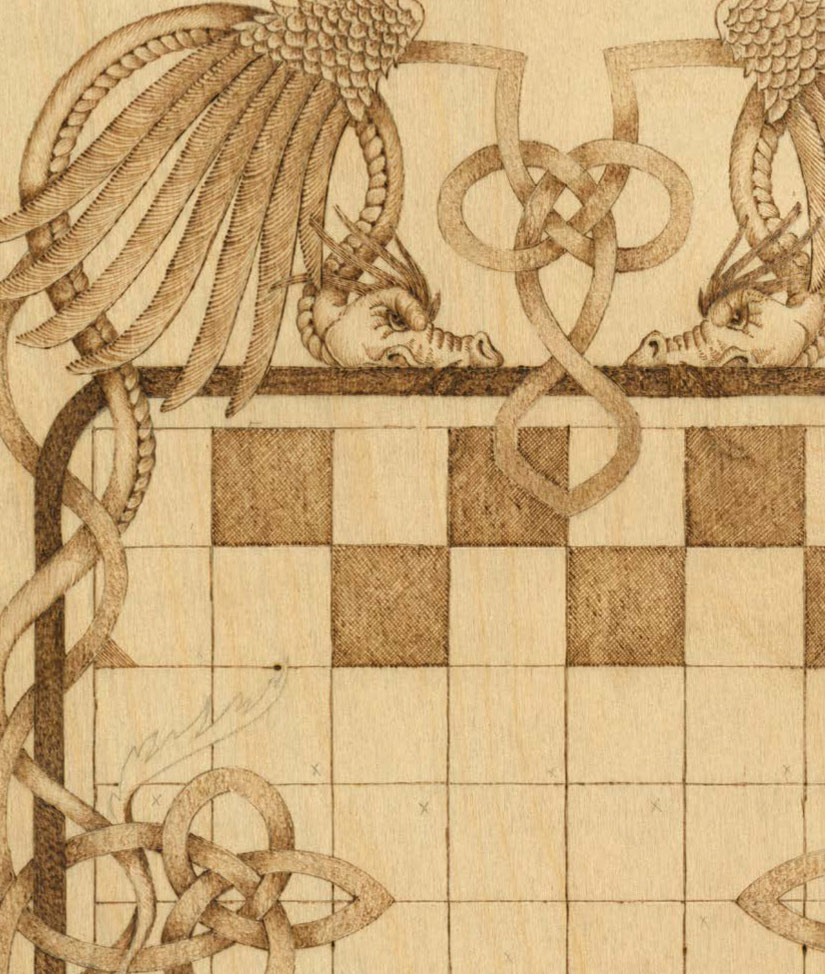
Pyrography Systems
There are two types of pyrography systemsthe one-temperature unit and the variable-temperature system.
One-temperature tools heat to a preset temperature and create tonal value by controlling your texture or burn strokes and by the speed of your burning stroke.
Variable-temperature tools allow you to adjust the temperature of the tips from a very cool setting to extremely hot.
The number of distinct tonal values that can easily be created increases with the variable temperature tool because you control how cool or hot the tip is during the work.
One-Temperature Tools
Once plugged into an electrical outlet, the tool gradually reaches an even but high temperature, so the textures you make, the strokes that you use, and the speed of the stroke control the tonal value work in your project.
Using a light pressure to the tip against the wood and moving the tool tip quickly through the burn stroke creates very pale tonal values. Medium pressure and slower motion bring darker tones. One-temperature burning tools are inexpensive, readily available at your local craft or hobby store, and excellent for first-time pyrographers to give the craft a try.
Options. From single- to variable-temperature units, pyrographers can choose from many options. Your skill level, your goals as an artist or craftsman, and your budget are among the factors that will influence your decision.
Temperature control. The single-temperature burner on the left takes time to heat up but holds its temperature well. The variable-temperature burner on the right heats upand coolsquickly.
Variable-Temperature Burners
Variable-temperature systems have a dial thermostat that allows you to control how cool or hot your tip is. You can adjust the temperature setting quickly, making it easy to control your tonal values in your project. This style has two types of pensthe fixed-tip pen, where the tip is permanently set in the handgrip, and the interchangeable pen, where different wire tips can be used with the handgrip. There are many excellent burning systems available to the hobbyist. Which manufacturer you choose depends on your budget, your pen style preferences, and what is available to you locally or online.


